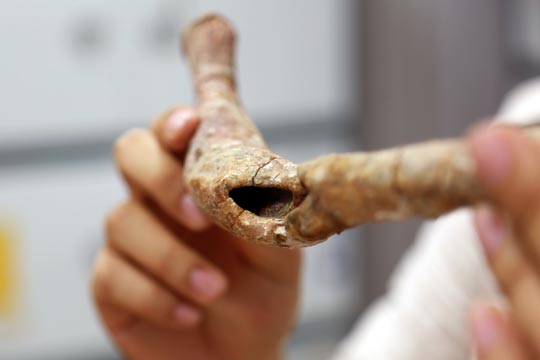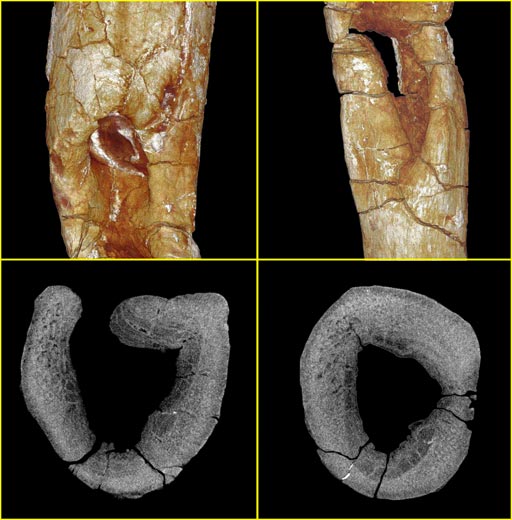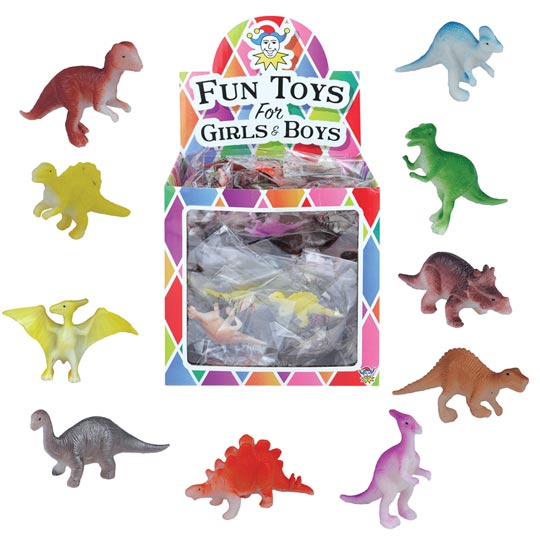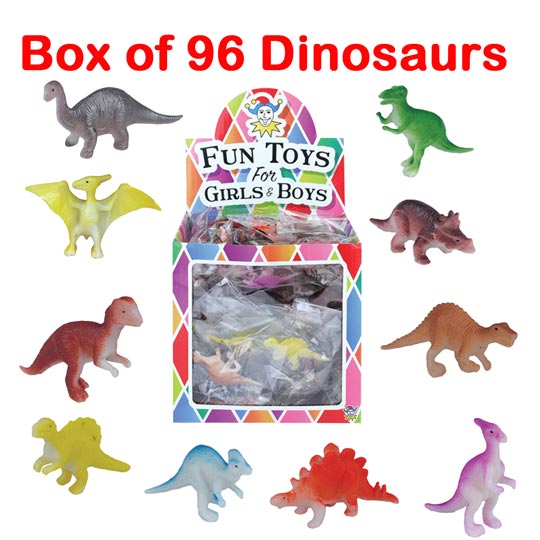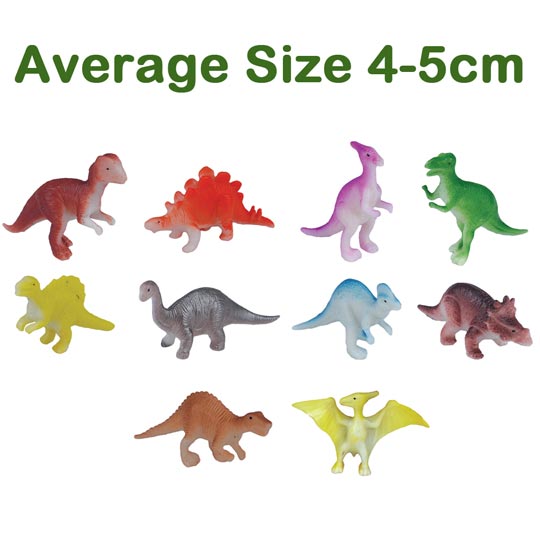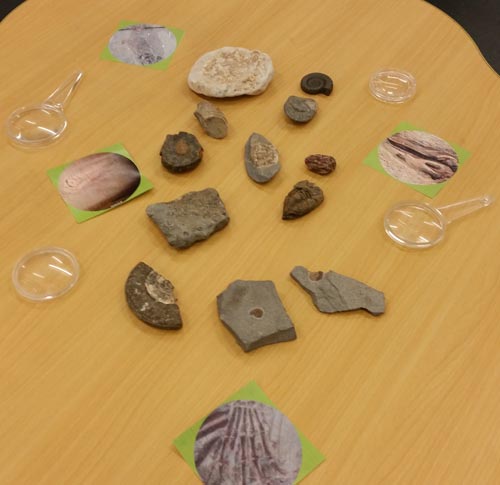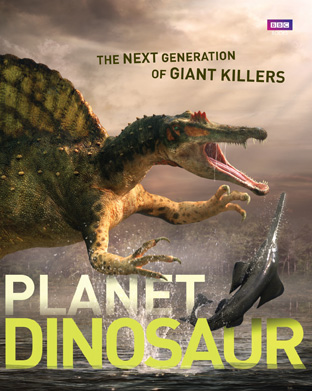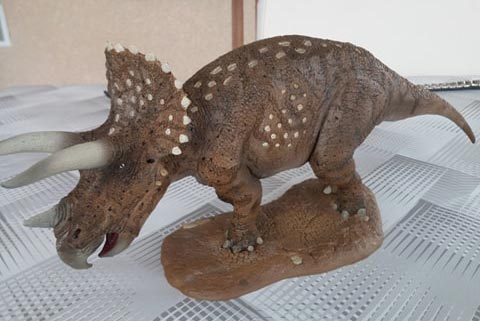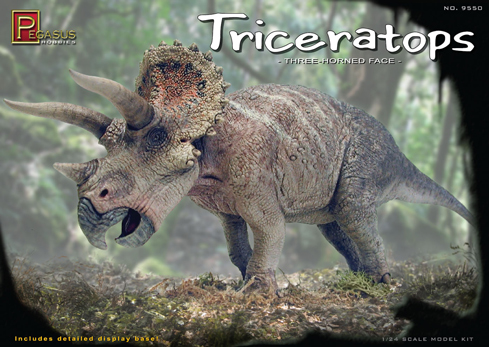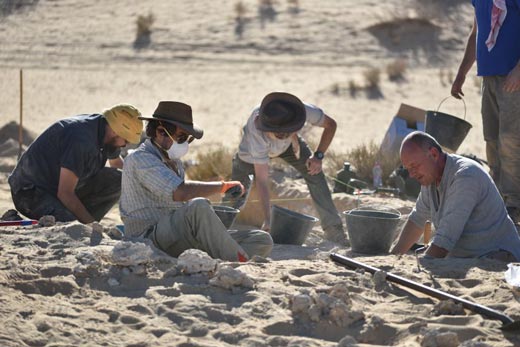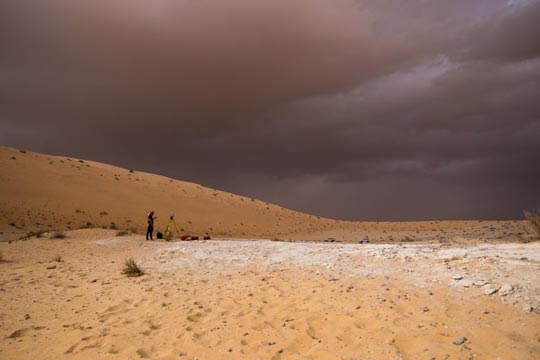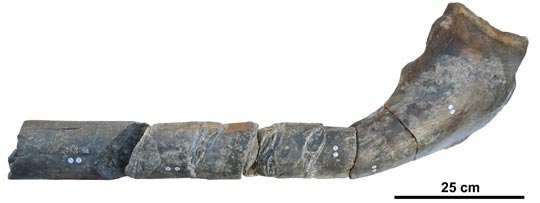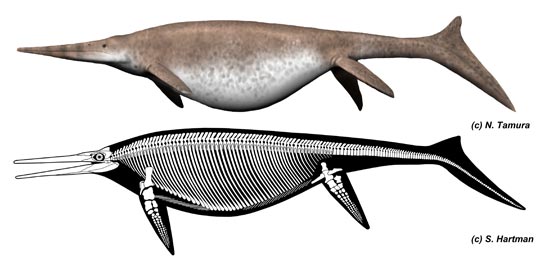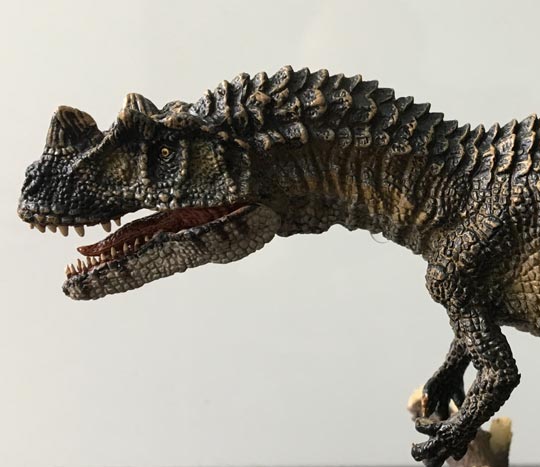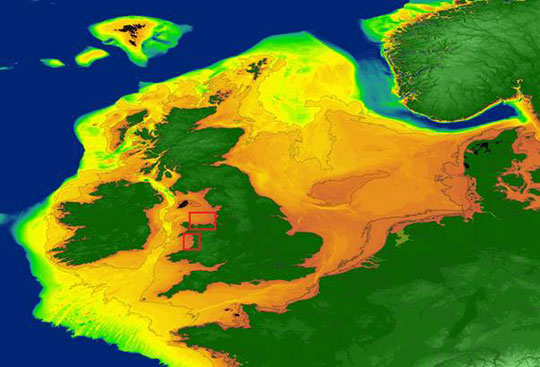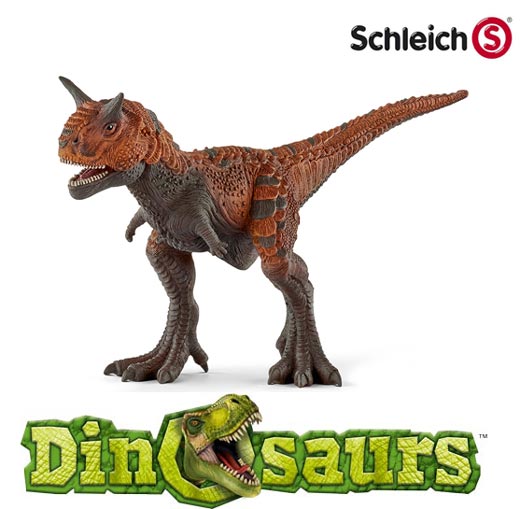The Lufengosaurus That Got Away
Pathology Identified in Lufengosaurus Specimen
An analysis of a 200 million-year-old bite-mark has provided scientists with a detailed picture of a dinosaur’s life. The bite-mark, preserved on the fossilised rib of a Lufengosaurus (L. huenei) may also provide a clue to how this member of the Sauropodomorpha met its end. The specimen preserves evidence of an attack on a plant-eating dinosaur, probably from a theropod and although the attack initially was not fatal, the resulting infection that occurred in the bone may have contributed to the unfortunate dinosaur’s death.
A Life Reconstruction of the Lufengosaurus Showing the Bitemark
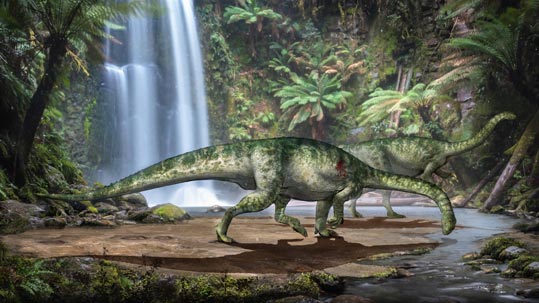
Picture credit: Zongda Zhang
Studying Lufengosaurus
Employing an advanced X-ray technique, an international team of scientists from the UK, China, the United States and South Africa, have published evidence for an unsuccessful attack on a Jurassic dinosaur, a member of the Suborder Sauropodomorpha from China known as Lufengosaurus (L. huenei). Everything Dinosaur was contacted by one of the authors of the scientific paper, published in the academic journal “Nature Scientific Reports”, a PNSO Lufengosaurus replica was purchased so that the model could be used to help explain the pathology and inferred animal behaviour from the scientific research.
The study provides a detailed report of the first recognised case of an abscess in a long-necked dinosaur from the Lower Jurassic of China, (Yunnan Province), which was caused by infection brought on from the bite of a large predatory dinosaur. The infection may have weakened the animal, ultimately resulting in its death.
Scientist Lida Xing Holding the Damaged Rib Bone
Picture credit: Lida Xing
Micro-computed X-ray Tomography
The pathology, was discovered in the skeleton of a L. huenei, which is part of the vertebrate fossil collection at the Yuxi Museum (Yunnan Province). The fossil rib bone was subjected to micro-computed x-ray tomography (micro-CT). This permits high-resolution slices and three-dimensional images to be built up of internal structures of bone without damaging the fossil material.
It is a non-destructive research technique. As well as providing detailed evidence of interactions between big, herbivorous dinosaurs and carnivorous theropods, the successful identification of this abscess using this technique could point to a new understanding of where certain species lived, and the impact of the diseases that they suffered from.
Studying Fossil Rib Pathology
Commenting on the significance of the research, one of the authors of the scientific paper, Dr Patrick Randolph-Quinney (University of Central Lancashire in the UK and the University of the Witwatersrand in South Africa), stated:
“We were able to use micro-CT to look deep inside the structure of the rib and visualise the precise changes that bacterial infection had caused, as well as to see the region of bone that had been bitten out of the rib. What micro-CT is allowing us to do is understand processes such as trauma and infection in the fossil record at the cellular level, as well as looking at the whole bone.”
Dr Randolph-Quinney continued:
“This gives us advantages over traditional histology – which slices up bone for magnification under a microscope – in that it doesn’t require us to damage precious fossils and it also allows us to build 3-D reconstructions of the whole region of disease. In this case, this has allowed us to model and study the whole wound track, not just a single portion of it.”
Images of the Rib Pathology
Picture credit: Patrick Randolph-Quinney (University of Central Lancashire)
The picture (above), shows a 3-D and 3-D slice reconstruction of the Lufengosaurus rib pathology. Micro-computed tomography allowed the scientists to produce surface renderings of the fossil in 3-D (top row) and 2-D X-ray slices through the rib (bottom row). These images show areas of cellular reorganisation, bone destruction and bone formation indicative of ostemyelitis (bone infection).
Lufengosaurus (L. huenei)
Lufengosaurus grew to about six metres in length. It is estimated to have weighed around two tonnes. More than two dozen specimens of this prosauropod have been discovered to date, adults as well as fossil material from juveniles. All the fossils ascribed to this genus have been discovered in the Lufeng Formation of south-western China (Yunnan Province). Yang Zhongjian, known in western literature as Chung Chien Young, formally named and described Lufengosaurus in 1941. Lufengosaurus was the first dinosaur from China to have been discovered, studied and displayed by Chinese scientists.
The PNSO Lufengosaurus Dinosaur Model Supplied to the Researchers by Everything Dinosaur
Picture credit: Everything Dinosaur
The image (above) shows a PNSO Lufengosaurus dinosaur model.
To view the PNSO range of prehistoric animals: PNSO Age of Dinosaurs.
Lead author of the study, Dr Lida Xing (China University of Geosciences) added:
“This case is really exciting as it gives us evidence of interactions between large plant-eating dinosaur species and one of the large aggressive predators preying on them at that time. Using the latest X-ray imaging we were able to track the changes in the bone caused by an infected bite on the Lufengosaurus, probably from a big carnivorous dinosaur. We don’t just have evidence of disease but of behaviour between animals – between predator and prey at this deep period in prehistory.”
An International Team of Researchers
This study was carried out by researchers at the University of Central Lancashire (UCLan), China University of Geosciences, the University of the Witwatersrand in South Africa, the Carnegie Museum of Natural History in the USA, the State Key Laboratory of Genetic Resources and Evolution, Kunming Institute of Zoology, and the Yuxi Museum, Yunnan, China.
The team were able to identify an infection in the bone called osteomyelitis which produces a pus-filled abscess inside the bone. This is only the second time that a case of osteomyelitis has been recorded in the Sauropodomorpha, the other instance came from a giant titanosaur from Argentina, the Lufengosaurus example pre-dates the Argentinian example by tens of millions of years. It is the earliest recorded case of a bony abscess caused by osteomyelitis disease in the fossil record.
Views of the Damaged Lufengosaurus Rib Bone
Picture credit: Lida Xing
Clinical Science and Palaeontology
Hao Ran from the Kunming Institute of Zoology, Chinese Academy of Sciences, commented:
“This is a great example of how the clinical sciences and the science of palaeontology are working together with fossils from the Chinese fossil record. Together with international collaborators we are able to advance our understanding of diseases in both the past and the present. We don’t know which predator caused the bite, but we do have a smoking gun of the attack with the bite wound it left.”
The scientific paper: “Possible Bite-induced Abscess and Osteomyelitis in Lufengosaurus (Dinosauria: Sauropodomorph) from the Lower Jurassic of the Yimen Basin, China” by Lida Xing, Bruce M. Rothschild, Patrick S. Randolph-Quinney, Yi Wang, Alexander H. Parkinson and Hao Ran published in Nature Scientific Reports.
Visit the Everything Dinosaur website: Everything Dinosaur.


